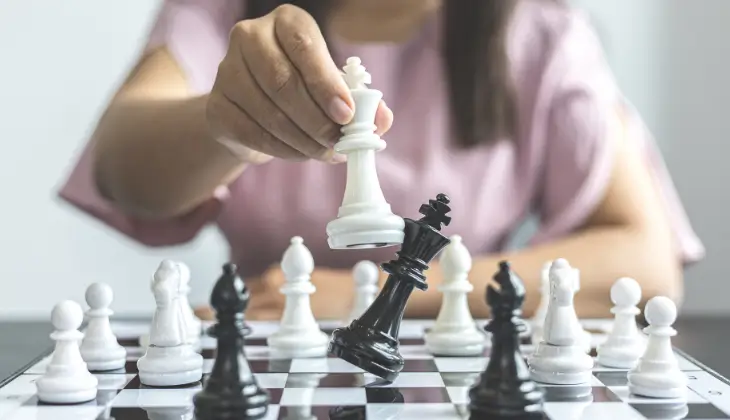Previously dance was solely used for the purpose of entertainment, but later on the psychologist recognised the benefits of it for our mental wellbeing. Various research was conducted which proved that dance therapy was extremely beneficial for the person suffering from anxiety, depression and body image issues.
What is Dance Therapy and how does it help?
Dance therapy, commonly referred to as dance/movement therapy (DMT), is a type of psychotherapy that makes use of dance and movement to help improve one's emotional, physical, and mental health. It acknowledges the mind and body are linked. It is directed by skilled therapists who lead individuals or groups in dance and movement exercises to explore emotions, boost communication, lower stress, and foster personal growth. People of all ages and abilities can benefit from dance therapy, which can connect them with their bodies and enhance general wellbeing.
BENEFITS OF DANCE THERAPY
Through the use of movement and dance as therapeutic techniques, dance therapy offers a number of advantages for mental health. The following are some ways through which the dance therapy could assist with mental health:
- Emotional Expression: Dance therapy gives patients a nonverbal way to communicate their emotions. People can express and release emotions that may be challenging to articulate through words.
- Stress reduction: Dance and movement can help lower stress levels by fostering relaxation, releasing tension, and boosting endorphin release, which is a hormone that naturally elevates mood.
- Mind- Body Connection: Dance therapy emphasizes the mind-body link and encourages awareness of one's physical symptoms, feelings, and thoughts. People who go for it have a better understanding and acceptance of their bodies, which improves their self-esteem and body image.
- Self-confidence and Empowerment: By expressing their creativity, learning new skills, and feeling fulfilled through movement, people can develop their self-confidence and sense of empowerment through dance therapy.
- Social interaction and Connection: Dance therapy frequently includes group exercises that promote social contact, a sense of belonging, and connections with others. This can aid in lowering feelings of loneliness and isolation and enhancing general wellbeing.
- Mindfulness and Self-awareness: Dance and movement activities involve focus and attention to the present moment, which fosters mindfulness and self-awareness. People who do this may become more aware of their feelings, thoughts, and bodily sensations.
Dance therapy addresses emotional, physical, and psychological well-being via the transformational power of movement and dance, offering a comprehensive approach to mental health in general.
DANCE AND MENTAL HEALTH
Many different mental health conditions can be treated by dance therapy. It is mostly used to cure or manage the following conditions:
- Anxiety disorders: By promoting calmness, body awareness, and expressive movement, it can help lessen the symptoms of anxiety.
- Depression: Dance therapy can improve mood, boost energy, and give people a creative outlet for expressing their emotions, which helps to lessen the symptoms of depression.
- PTSD: Dance therapy has been shown to be helpful in processing traumatic events, lowering hyper arousal, and fostering emotional healing and resilience.
- Eating disorders: Dance therapy can help with body acceptance, enhance body image, and offer a nonverbal way to explore and express feelings connected to disordered eating.
- Addiction and substance abuse: Dance therapy can help with emotional control, self-awareness, and relapse prevention by offering constructive channels for stress reduction and self-expression.
- Autism spectrum disorders: Dance therapy helps improve social interaction, communication abilities, and self-expression for those with this disorders.
- ADHD: Dance therapy can aid those with ADHD in focusing, exercising self-control, and becoming more aware of their bodies.
It's crucial to remember that dance therapy is frequently used in conjunction with other therapeutic approaches as a complementary strategy. Depending on the individual's particular needs and circumstances, dance therapy may have a different set of specific objectives and results.
Conclusion
Dance therapy is a form of allied therapy that we provide on our Solh Wellness platform. We provide experts who will guide you and help you to deal with your mental health problems by using dance as a therapeutic tool. You can book your session on the Solh platform by going to the category called as Allied therapy where there is a subcategory called dance therapy.



